Managing Performance
2020 and the pandemic has caused much confusion, turmoil and change. Not least in the manner in which performance management can and should be conducted.
The frustrations managers have in managing a remote workforce is that they cannot see and hear their staff regularly and checking in cannot be done impromptu but needs to be booked in via Teams/Zoom, or indeed a good old fashioned phone call.
We have seen evidence of a greater number of online performance management tools being deployed but in truth a system does not on it’s own make up for a lack of good management process.
So what is the Issue?
Performance = Target achieved
The issue most managers are facing is how they have measured performance previously and whether that still works/is fair in 2020 and beyond.
Take a sales role for example if performance has historically been measured on outcome – 100 sales being their target and the economy and demand has shrunk and they only achieved 80 then they have in this approach failed.
Behaviour led performance
Ignoring the very fact that the target should probably have been reduced, the other way to look at performance is to measure against the activities that would lead to a sale. In this scenario the processes can still be measured. For example
How many new customers have they called?
What is the quality of those calls?
How well have they conducted fact finds and qualified leads?
Did they overcome objections in the way you have trained them?
If the manager measures performance against these skills/behaviour then a fairer performance rating can be applied and YES (before you ask) you can still apply a target as one factor just not the full binary result.
So using the examples in A and B a system led performance management can only record the activity but it is the level of ongoing conversations, focused training and coaching with each individual that will make good performance management work for you.
Have you looked closely at how you have been setting targets and what good really looks like?



